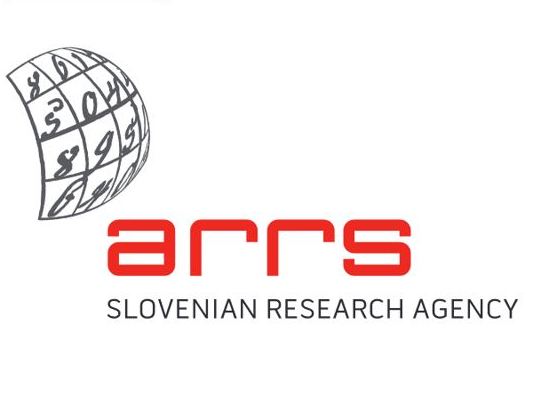Projects
The purpose of the investment project BTH-NIB is the assurance of the appropriate infrastructural conditions for the use of research and developmental opportunities in the fields of operation of the NIB.
Play Video About project Publication
Uncovering the glioblastoma microenvironment to enhance the therapy
Project coordinator: dr. Metka Novak
Code: J3-4504
Duration: 1.10.2022―30.09.2025
Website: https://projects.nib.si/glioviz/
Project J3-4504 is financially supported by the Slovenian Research Agency.
The tumour microenvironment presents a “soil” on which cancer cells, “the seeds”, depend on. In the most aggressive and lethal brain tumourglioblastoma, its unique stromal cells composition is including neuronal and glial progenitor cells, neurons, astrocytes, oligodendrocytes, microgliaand macrophages, endothelial cells and mesenchymal stem cells. Standard and novel glioblastoma therapies, such as immunotherapies, as welltarget and alter the tumour microenvironment. The success of cancer treatment thus relies on the comprehension of the highly heterogeneous andimmunosuppressive microenvironment to eliminate its tumour supportive role. Despite isolated cancer and stromal cell analyses of cancer andstromal cells that have enabled a better understanding of the glioblastoma microenvironment at the molecular and cellular level, it remains poorlyunderstood due to the lack of appropriate in vitro models.
In this project we propose to introduce novel 3D in vitro model of glioblastoma organoid, prepared from patient-derived tumours (Workpackge 1).The organoids that in contrast to 3D glioblastoma cells and stem cells used so far, capture both, glioblastoma and the tumour microenvironmentstromal cells. The in vivo tumour intra- and inter-tumour heterogeneity is thus preserved in organoids that are recapitulating histological features of glioblastoma subtypes, as well as capturing the entire diversity of stromal, in particular immune cells. As this model has been only introducedrecently, there is a lack of the experimental approaches that would enable to define: first, cell spatial distribution and secondly, their intercellularcrosstalk, i.e. communication, comprising of molecular networks that are based on in situ activity among glioblastoma and stromal cells. Next, theorganoids will be irradiated and exposed to chemotherapy with temozolomide to mimic standard of-care treatment used in clinics in vivo.
The Workpackage 2 of proposed research project is addressing the visualisation of the gene expression profile in glioblastoma organoids of themost important immune cell components, such as tumour associated macrophages, mesenchymal stem cells, as well as lymphocytes T- cell sandnatural killer cells that contribute to glioblastoma resistance to therapy. Their abundance along with their spatial distribution will be revealed in theorganoid tissue sections. Taken together non-invasive in situ sequencing method, simultaneously with the subcellular location, prior and posttargeted treatment will be used. Moreover, we will set up the experimental approaches that enable to uncover specific cellular cross talks betweenchemokine networks, which are based on in situ activity of cancer cells and stromal cells in the tumour microenvironment and are important forglioblastoma response to therapy.
In the Workpackage 3, we will focus on chemokine CCL5 and its receptor CCR5 and inhibitor Maraviroc, which we have previously reported to beinvolved in glioblastoma invasion and reveal how their interaction influences therapeutic effect in the organoids. Secondly, as glioblastoma,immunotherapy has not been as effective as in others solid tumours, we will provide new insight and clues how to increase the efficacy of theseapproaches by adjuvant immunotherapy. We will model T-cell base immunotherapy treatment on organoids by treatment with PD-1 inhibitorPembrolizumab, which is used in a clinical trials of immune therapy in glioblastoma.
In Workpackage 4 we will develop means/algorithms to link the abundance and composition of immune cells with altered chemokine pathways upontreatment. High resolution of this novel technique allows to reveal novel important changes of cell compositions and of protein interactions that arekey biomarkers of tumour-stromal cell crosstalk, upon treatment, and are therefore important for glioblastoma response to therapy.

 Scope of NIB's accreditation is given in the Annex to the accreditation certificate and in the List of accredited methods for detection of GMOs and microorganisms – plant pathogens
Scope of NIB's accreditation is given in the Annex to the accreditation certificate and in the List of accredited methods for detection of GMOs and microorganisms – plant pathogens 
